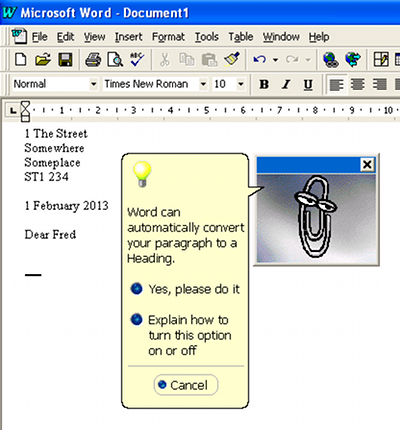

Most inspirational for CLIP is the work of Ang Li and his co-authors at FAIR who in 2016 demonstrated using natural language supervision to enable zero-shot transfer to several existing computer vision classification datasets, such as the canonical ImageNet dataset. The same year DeVISE scaled this approach and demonstrated that it was possible to fine-tune an ImageNet model so that it could generalize to correctly predicting objects outside the original 1000 training set. In 2013, Richer Socher and co-authors at Stanford developed a proof of concept by training a model on CIFAR-10 to make predictions in a word vector embedding space and showed this model could predict two unseen classes. A critical insight was to leverage natural language as a flexible prediction space to enable generalization and transfer. The idea of zero-data learning dates back over a decade but until recently was mostly studied in computer vision as a way of generalizing to unseen object categories. Background and Related WorkĬLIP ( Contrastive Language–Image Pre-training) builds on a large body of work on zero-shot transfer, natural language supervision, and multimodal learning. For instance, ObjectNet checks a model's ability to recognize objects in many different poses and with many different backgrounds inside homes while ImageNet Rendition and ImageNet Sketch check a model's ability to recognize more abstract depictions of objects. This is a key change: by not directly optimizing for the benchmark, we show that it becomes much more representative: our system closes this “robustness gap” by up to 75% while matching the performance of the original ResNet-50 on ImageNet zero-shot without using any of the original 1.28M labeled examples.Īlthough both models have the same accuracy on the ImageNet test set, CLIP’s performance is much more representative of how it will fare on datasets that measure accuracy in different, non-ImageNet settings. By design, the network can be instructed in natural language to perform a great variety of classification benchmarks, without directly optimizing for the benchmark’s performance, similar to the “ zero-shot” capabilities of GPT-2 and GPT-3.

We present a neural network that aims to address these problems: it is trained on a wide variety of images with a wide variety of natural language supervision that’s abundantly available on the internet. Read paper View codeĪlthough deep learning has revolutionized computer vision, current approaches have several major problems: typical vision datasets are labor intensive and costly to create while teaching only a narrow set of visual concepts standard vision models are good at one task and one task only, and require significant effort to adapt to a new task and models that perform well on benchmarks have disappointingly poor performance on stress tests, casting doubt on the entire deep learning approach to computer vision. CLIP can be applied to any visual classification benchmark by simply providing the names of the visual categories to be recognized, similar to the “zero-shot” capabilities of GPT-2 and GPT-3. We’re introducing a neural network called CLIP which efficiently learns visual concepts from natural language supervision.


 0 kommentar(er)
0 kommentar(er)
